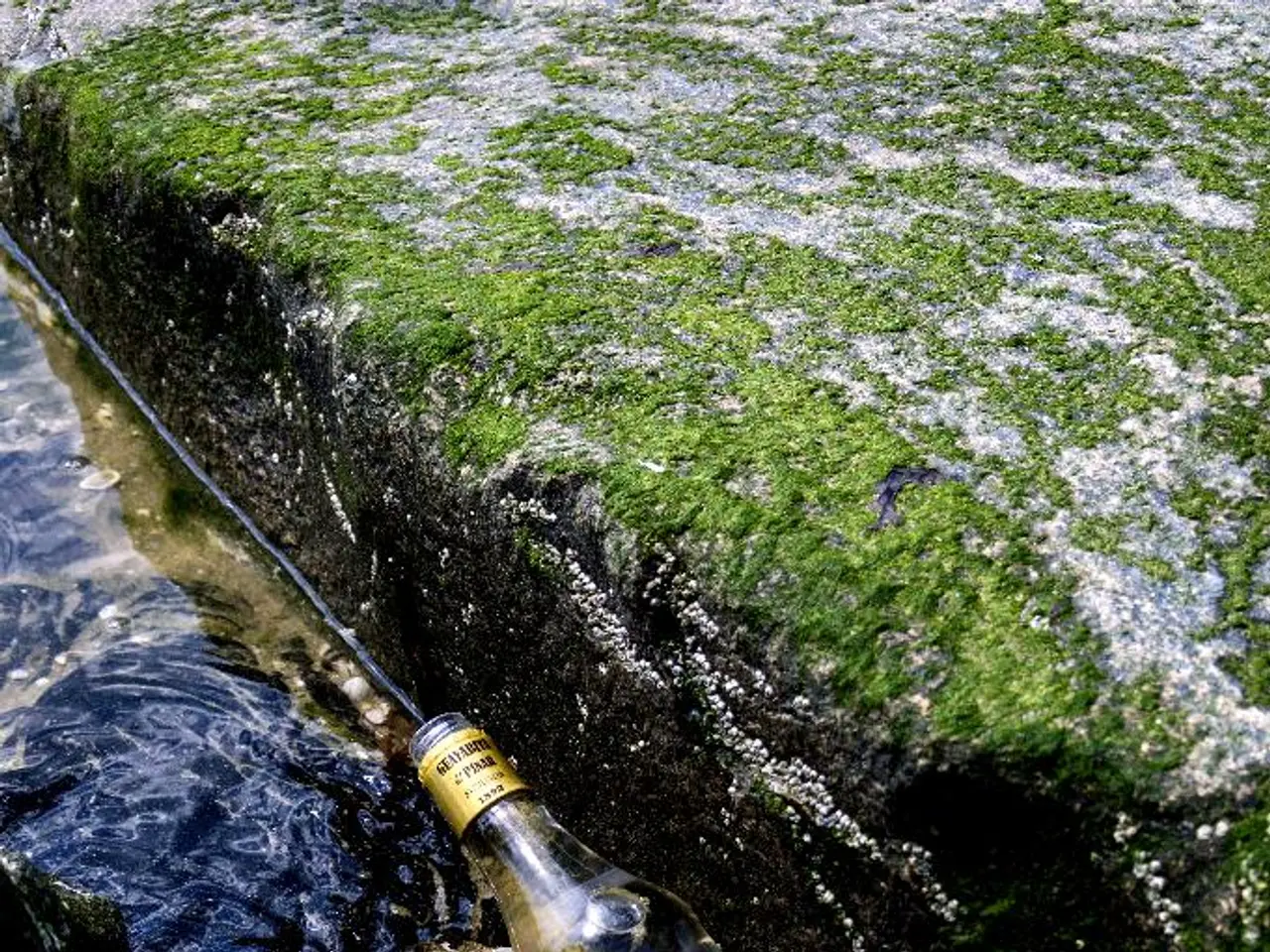UCSB Scientists Create Innovative Algae Gel to Control Cell Growth
Scientists at UCSB have developed an innovative algae-based gel that mimics the basement membrane. This gel, detailed in Science Advances, supports normal mammary gland tissue development and can be modified to control cell growth. The research, led by Ryan Stowers, PhD, and involving Andrew Marshall, PhD, and Taylor Sparks, PhD, explores how the gel's stiffness and response to force, influenced by crosslinking and polymer chain length, can guide complex tissue formation.
The gel's mechanical and biochemical cues can be optimized to influence cell development. Stiffer environments, as shown in recent studies, have been linked to tumor development. By controlling the initial conditions of the gel, researchers aim to guide the formation of functional engineered tissues. This includes studying how mammary epithelial cells respond to their physical environment, a key factor in breast cancer progression.
The gel's potential applications are vast. It can be used to grow complex tissues and organs from patient cells, offering promising prospects in regenerative medicine.
The UCSB project, led by Stowers and his team, presents an exciting tool for studying and potentially controlling cell growth and tissue development. By manipulating the gel's mechanical and biochemical properties, researchers can gain valuable insights into how cells respond to their environment. This could pave the way for innovative treatments and therapies in the future.




